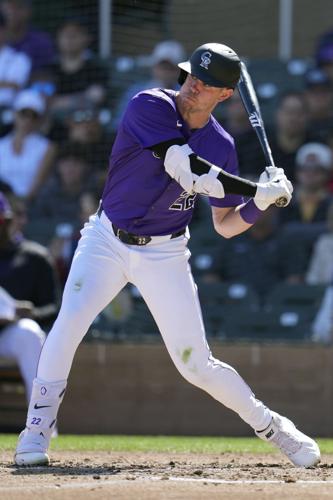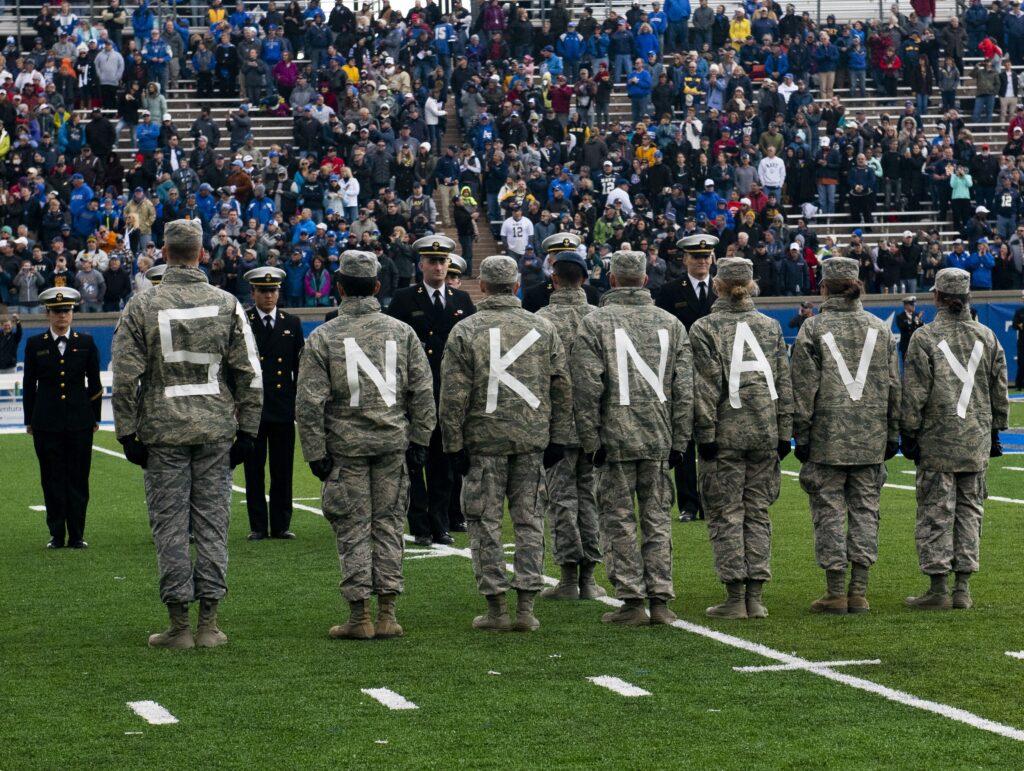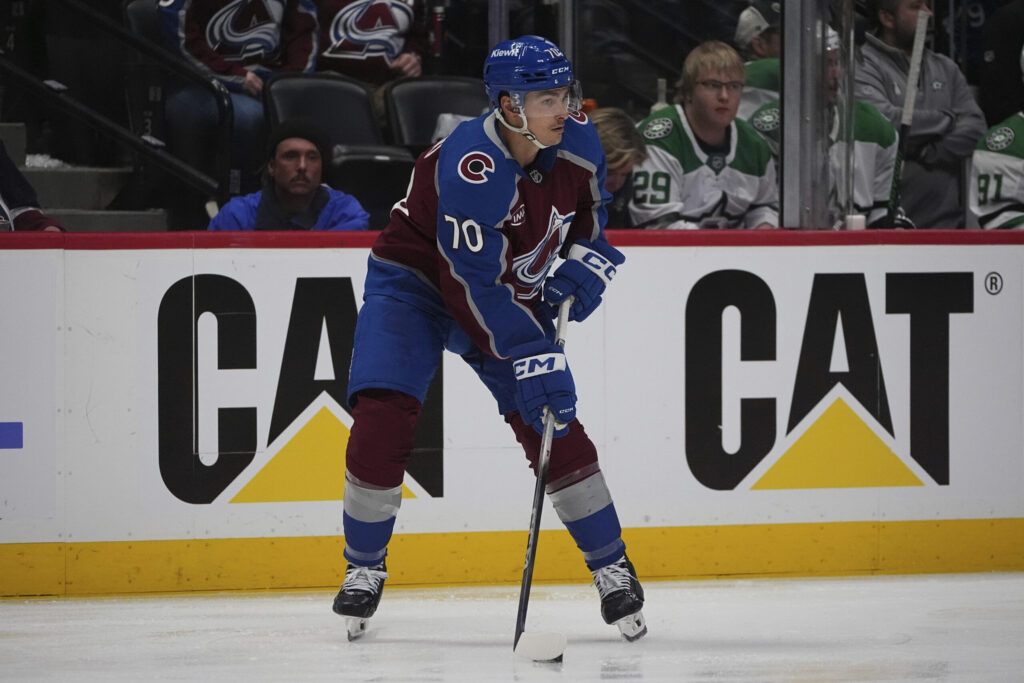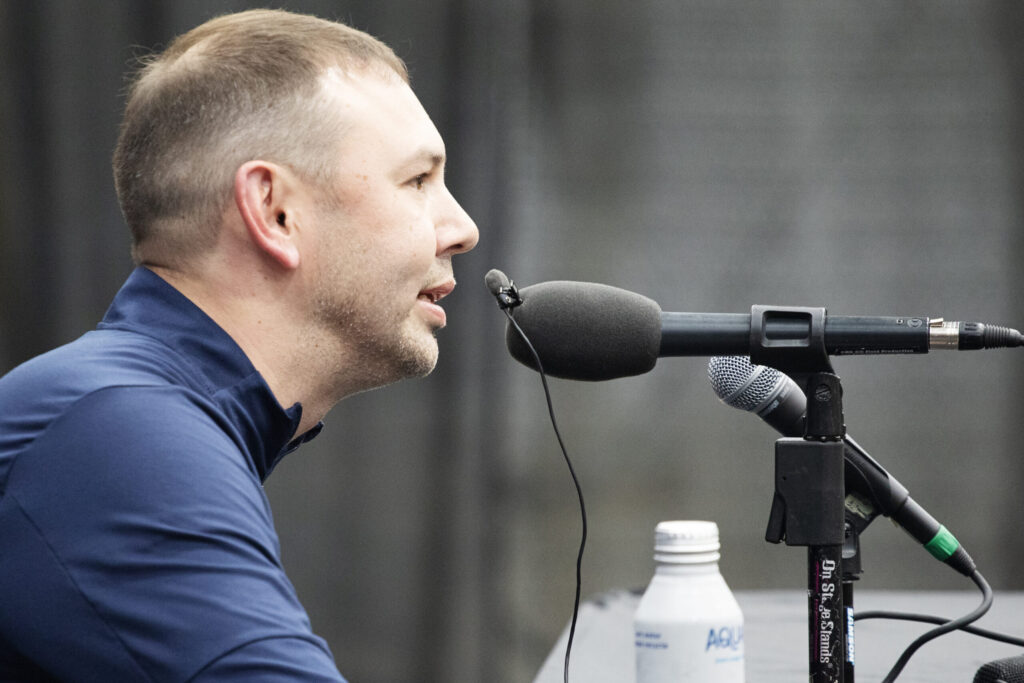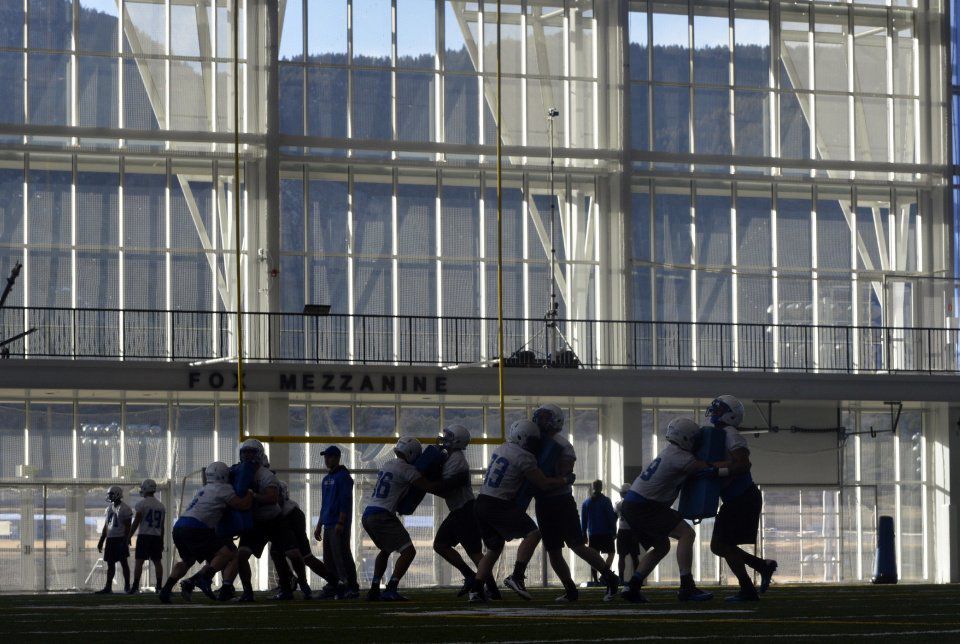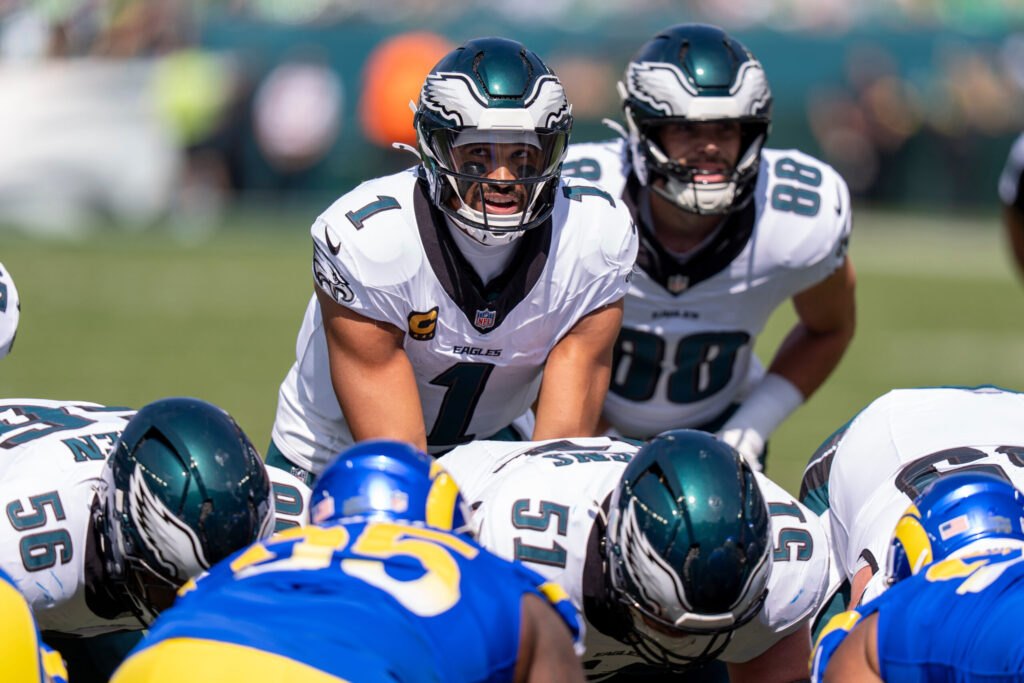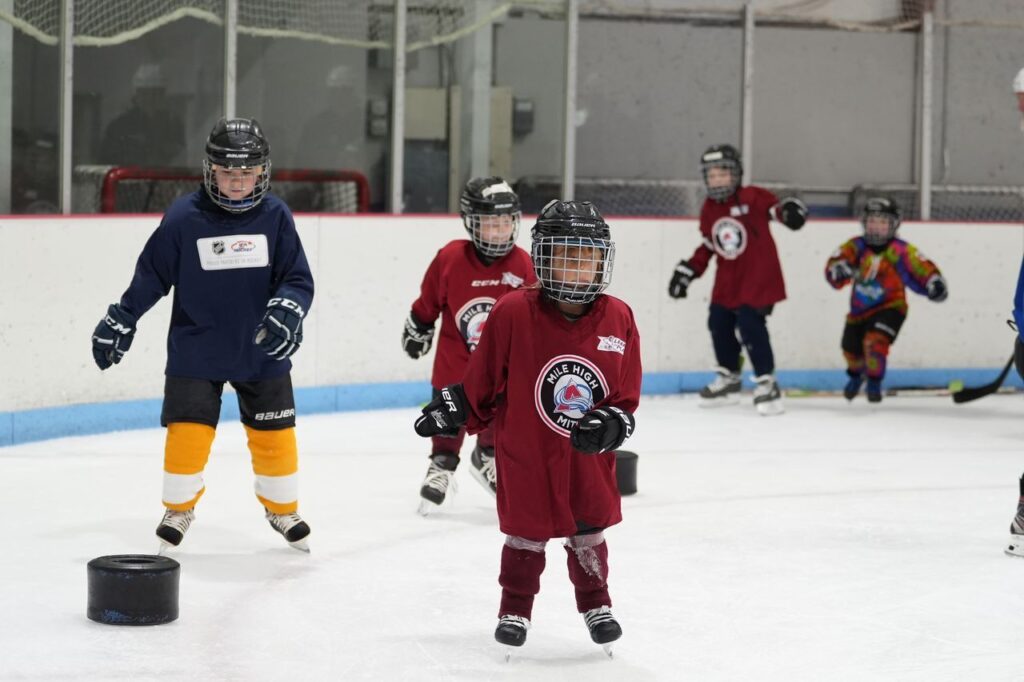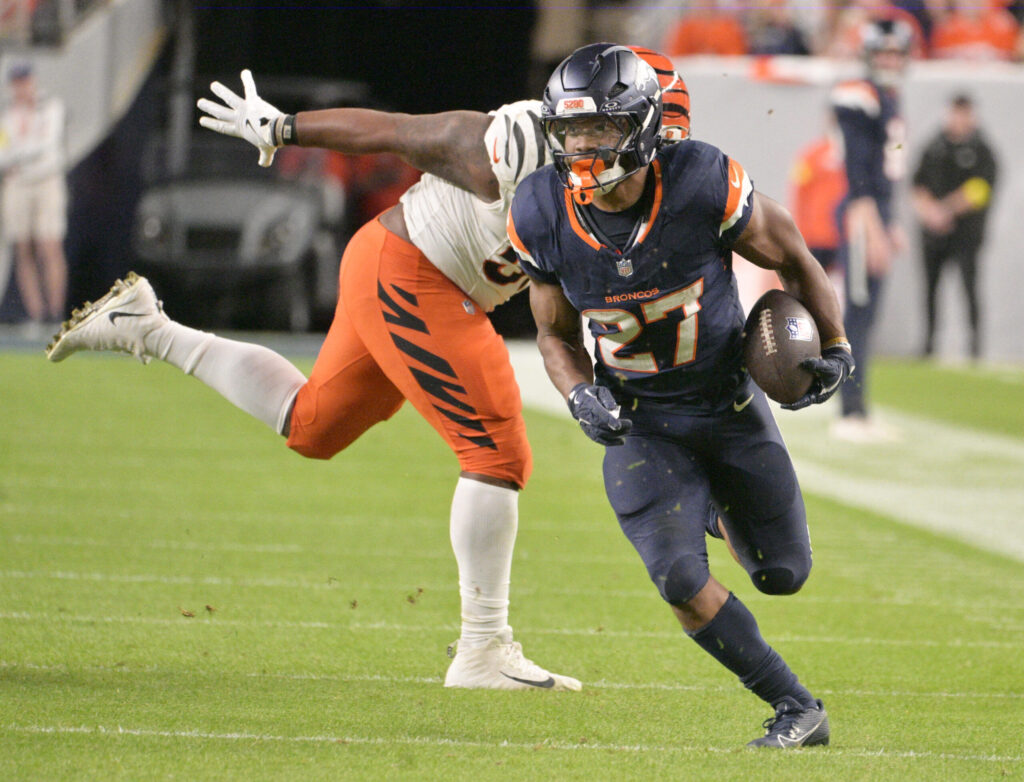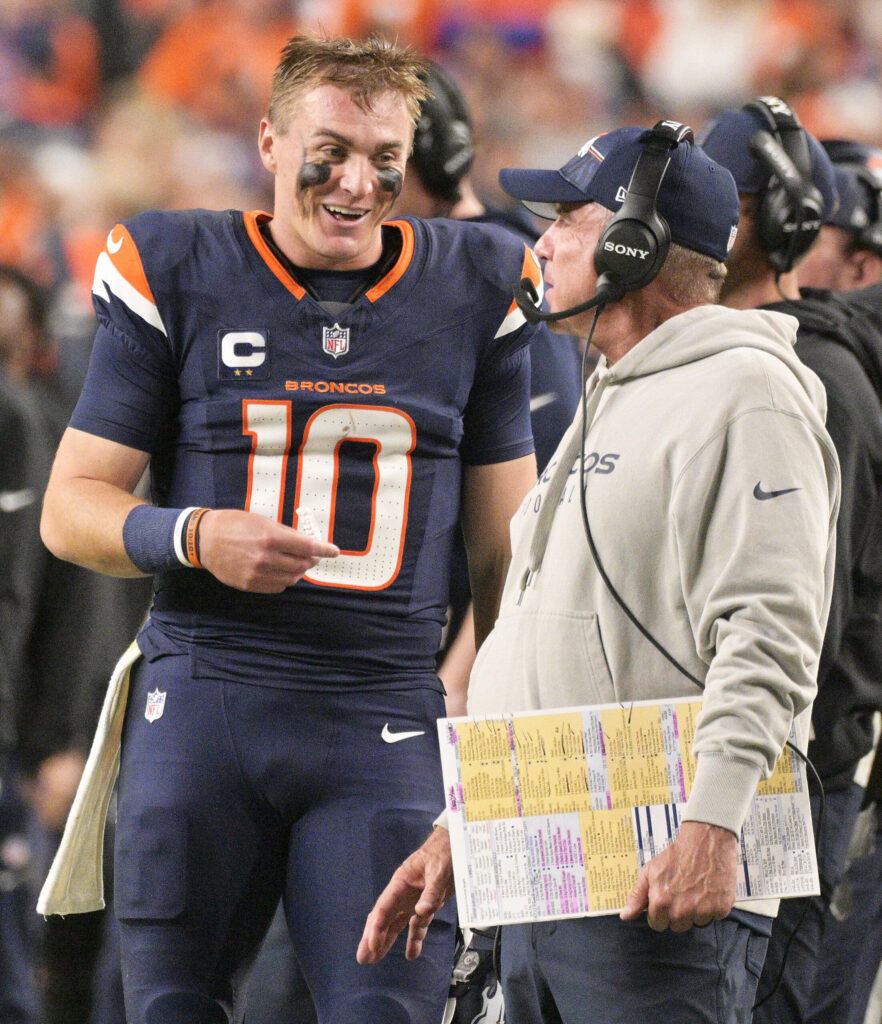Tunnel vision: Rockies batters employ new tactic to reduce strikeout rate in 2025
SCOTTSDALE, Ariz. — An innocuous moment during a late February spring training game between the Rockies and San Francisco Giants may not seem like a focal point for the upcoming season.
However, what transpired in the sixth inning had Rockies manager Bud Black and hitting coach Hensley Meulens still talking days later.
With the Rockies clinging to a 2-1 lead, Zac Veen led off with a single and stole second to move into scoring position. A groundout by Nolan Jones moved Veen to third, putting him in a position to score with one out in the inning.
However, the frame ended with Veen stuck on third after strikeouts by Michael Toglia and Jordan Beck. The potential run represented by Veen would eventually prove to be critical as the Giants scored in the bottom of the ninth to forge a 2-2 tie and rob the Rockies of a win.
“Certain counts, there has to be swing adjustments,” Black said after. “There are certain pitchers and certain game situations where we need to take a different swing depending on what the situation calls for, including putting the ball into play.”
Coming off a season in which Colorado scored 4.89 runs per game at home (the lowest mark in franchise history), the emphasis is on improvement at the plate and getting runs home like the one missed against the Giants. Black and Meulens agree that putting the ball in play when it matters most is something the Rockies must improve in 2025.
Further, Colorado’s .242 batting average, .304 on-base percentage and .704 OPS were all the lowest numbers in franchise history. It’s clear 2025 must be a different story at the plate.
Part of the problem last season for the Rockies? Swinging and missing at pitches outside the strike zone. According to Baseball Savant, Colorado’s 51.1% in that category was the worst among MLB’s 30 teams. Compare that to the 37.5% from the San Diego Padres, who led baseball, and it’s easy to see there is room for improvement in Denver.
But it’s not just outside of the zone where Colorado hitters struggled. Colorado finished tied for 25th in zone-contact percentage at 79.9 with 1,593 swings and misses at pitches inside the strike zone last season, according to Baseball Savant.
Meulens believes there is a correlation between the Rockies making more contact with pitches in the strike zone and lowering the number of pitches they chase outside the zone.
“What we talked about earlier this camp was shrinking the in-zone miss. Our in-zone miss (rate) is high so once we shrink that, then we don’t have to worry as much about the chase (outside the strike zone),” Meulens said. “We put the ball in play then — more times than not — you’re not in the position or in the count where you’re making a chase.
“Pitchers are groomed to throw balls out of the strike zone and get ahead, especially offspeed stuff. Hitters have a hard time laying off those pitches sometimes, so if we can make contact in the zone early in the count, it’s going to help us chase less.”
It sounds like a simple formula, but hitting a baseball is not. Balancing what can be done at the plate versus trying to not do too much is part of the equation as well, Meulens said.
“The team hitting philosophy comes when there are team at-bats,” he said. “We have struggled with guys in scoring position, bringing the guy from third, moving the guy from second to third with no outs. Those are the team at-bats, and we have to get better at all of that moving forward, especially putting the ball in play when we have guys in scoring position.”
One of the keys in 2025 will be avoiding the strikeouts that have plagued the Rockies over the last two seasons. Colorado had the second-most strikeouts of any team last year (1,617, the most in franchise history) and the third-most whiffs in 2023 (1,543).
“We struggled with the strikeout the last two years,” Meulens said. “It’s been going up instead of going down, so the approach this season is going to be simplifying things and trying not to do too much. When you’re trying to do too much, that’s when things go sour. Our job is to try to keep everybody even-keeled.
“You have to put the ball in play to be successful and to have production. That never changes from year to year to year. Our guys are working hard and they are conscious about it.”
To improve their chances at the plate, some Rockies hitters are employing a technique called “tunneling.” With this, the hitter may be looking for the “tunnel” to be a certain part of the strike zone and focus his efforts on hitting a pitch that enters there.
“It sets me up for success better than anything I’ve ever done,” Jones said of tunneling. “I’m not really someone who’s a good guesser at the plate, so I like to have an idea of the speed I need to be on time and adjust from there.”
Outfielder Sean Bouchard has employed a different tactic to help improve at the plate, also talking to Colorado’s pitching coaches about what they are seeing from his swing.
“They see your swings just as much as anyone else,” Bouchard said. “They may not have great mechanical advice for your swing, but they’re getting paid to help guys get the hitters out. I like talking to them and understanding how they would attack me if they were drawing up a plan.”
During his playing career, Meulens put together portions of seven big-league seasons between three MLB teams, as well as six years playing overseas. In addition to his his minor league statistics, Meulens has 7,786 plate appearances to his credit. That’s time to not only see plenty of pitches, but also hone his own individual style at the plate — and learn every batter on every team has his own philosophy of how to hit.
“I think when you’re playing, it’s you having your own approach. I think everybody has a different philosophy,” Meulens said. “I also think you treat every different hitter differently, especially on this team. You have so many different types of hitters, you have to treat them accordingly.
“As a coach, we try to use whatever skill set every player has and try to maximize that on a daily basis. It varies from guy to guy, so that’s why I give everybody a little bit of time every day to refresh them and prepare on a daily basis.”
Meulens and the Rockies know the numbers from last season. Now it’s a matter of improving at the plate to help the franchise avoid a third consecutive 100-loss season.
“Coors Field is a place that can allow more doubles, triples and homers. We just have to make contact with the ball and not try to hit it over the fence but hit it through the fence,” Meulens said. “We’re talking about hitting line drives through the shortstop and second baseman up the middle and not trying to yank everything we see. That’s a good approach for me.”
***
Highest chase rates among 2024 Rockies
Nolan Jones — 23.0
Jacob Stallings — 25.3
Ryan McMahon — 26.6
Michael Toglia — 27.3
#Brendan Rodgers — 29.1
#Charlie Blackmon — 29.5
Brenton Doyle — 30.0
Kris Bryant — 31.2
#Elias Diaz — 31.6
#Jake Cave — 33.4
Jordan Beck — 33.5
#Elehuris Montero — 39.3
Hunter Goodman — 39.9
Ezequiel Tovar — 44.1
# — no longer with franchise.
—MLB average in 2024 was 27.7 percent
—Source: Baseball Savant (minimum 100 pitches chased)







